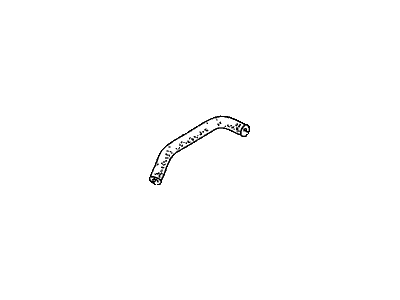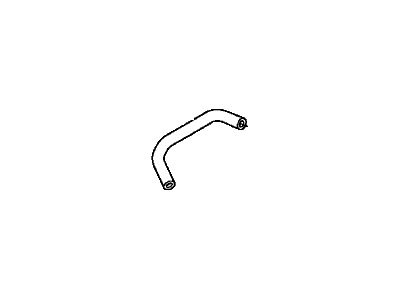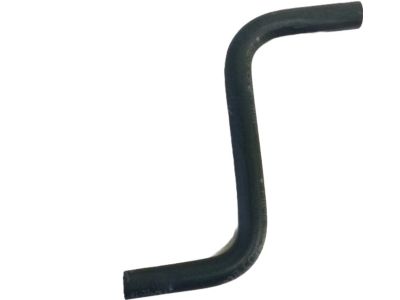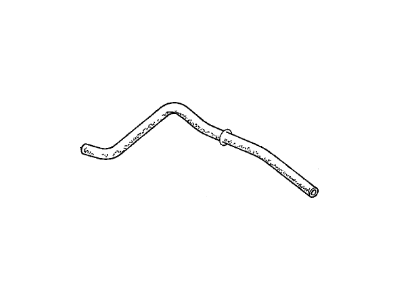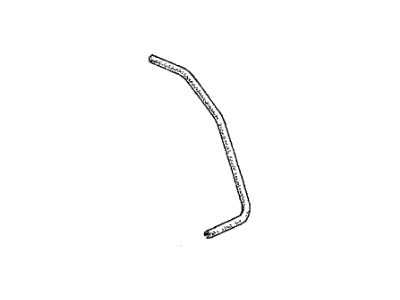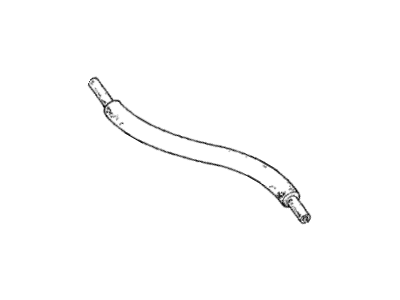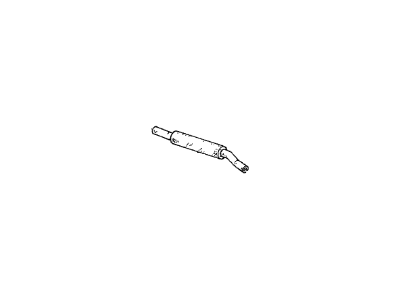×
- Hello
- Login or Register
- Quick Links
- Live Chat
- Track Order
- Parts Availability
- RMA
- Help Center
- Contact Us
- Shop for
- Acura Parts
- Acura Accessories

My Garage
My Account
Cart
Genuine Acura TL PCV Hose
PCV Valve Hose- Select Vehicle by Model
- Select Vehicle by VIN
Select Vehicle by Model
orMake
Model
Year
Select Vehicle by VIN
For the most accurate results, select vehicle by your VIN (Vehicle Identification Number).
7 PCV Hoses found
Acura TL Pcv Tube
Part Number: 11856-RCA-A00$11.44 MSRP: $15.95You Save: $4.51 (29%)Ships in 1-3 Business DaysAcura TL Pcv Tube
Part Number: 11856-R70-A00$6.32 MSRP: $8.82You Save: $2.50 (29%)Ships in 1-2 Business Days
Acura TL PCV Hose
We provide a broad range of OEM Acura TL PCV Hose at unbeatable prices on our website. For your OEM parts, You can count on the guaranteed quality, manufacturer's warranty, outstanding customer service, and prompt delivery. We look forward to your visit.
Acura TL PCV Hose Parts Questions & Experts Answers
- Q: What is the function and configuration of the Positive Crankcase Ventilation (PCV) system,PCV Hose and PCV Valve on Acura TL?A:The Positive Crankcase Ventilation (PCV) system reduces hydrocarbon emissions by scavenging crankcase vapors, circulating fresh air from the air intake duct into the crankcase, where it mixes with blow-by gases before being drawn by intake manifold vacuum through a PCV valve to the intake manifold. The PCV valve maintains idle quality by regulating the flow of crankcase vapors based on intake manifold vacuum levels. In 1999 models, the PCV fresh air inlet hose connects the air intake duct to a pipe on the left end of the front valve cover, while the crankcase ventilation hose connects a pipe on the left end of the rear valve cover to a pipe on the intake manifold. For 2000 through 2003 models, the configuration remains similar, but the crankcase ventilation hose runs along the top of the rear valve cover and connects to a pipe at the right rear corner of the intake manifold plenum, requiring removal of the intake manifold cover for access. In 2004 and later models, the fresh air inlet hose connects to a pipe on the left end of the rear valve cover, and the crankcase ventilation hose connects a pipe on the right end of the front valve cover to another pipe on the right end of the intake manifold, necessitating removal of the engine cover for access. To check the system on 2000 through 2006 models, the intake manifold cover must be removed, while for 2007 and later models, the engine cover is removed. The hoses should be inspected for damage, and the engine should be warmed up for testing. For 2003 and earlier models, the PCV valve can be tested by covering its open end while idling, while for 2004 and later models, pinching the PCV hose should produce a clicking sound from the valve. If issues are found, the PCV valve and hoses may need to be replaced, with specific steps for removal and installation outlined for different model years, including the need to replace O-rings and ensure proper torque during reassembly.
